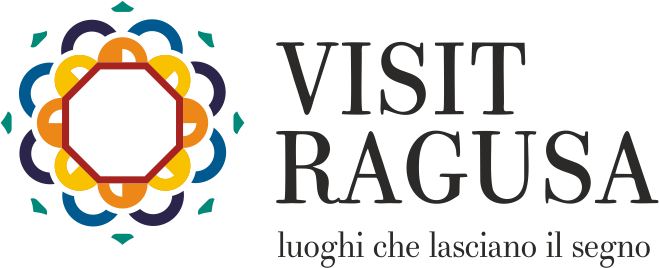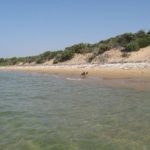The Archaeological Park of Caucana: time travel
The Archaeological Park of Caucana: time travel
Sometimes, the ruins of an ancient city hide a lot of stories that even the nefarious actions of man haven’t been able to erase.
Caucana, built around the IV – VII century, at the beginning was only a small cluster of villages. During the ’60, a lot of people from the surrounding municipalities built there their houses for summer holidays but, despite this, Caucana has maintained its fascinating.
Today, visit this little seaside town means to observe an old settlement, which is one of the best preserved in Sicily. The most famous district is located near the so called “Anticaglie”, a locality near the beach and to the Archaeological Park of Caucana.
Among the most beautiful discoveries, there is a cemetery church in which it was found a precious mosaic floor with figures of animals and anthropomorphic representations. Currently, the mosaic has exposed in the Archaeological Museum of Ragusa. Moreover, thanks to recent excavations led by archaeologist Roger Wilson in 2008, other discoveries have been done. In fact, they have brought to light a tomb containing the remains of a young woman of 25 years old and those of a child about six years old. The place of burial, a house, suggests that these are two components of a very influential family because usually the burials took place outside the town, in internal areas or in areas adjacent to religious buildings. Among the special features of this tomb, there is also the presence of a hole in the roof from which, according to the traditional pagan custom, were offered libations to the dead.
Currently the park is closed to the public. So, who wants to visit it, has to call the following number: +39 0932/826004 before to go there. Alternatively, you also can call directly the offices in charge of the Superintendence of Cultural Heritage.
However, you can see the remains of some buildings along the street of “Anticaglie”. During the Summer, you can also see shows theater organized by the company “Theatres of Sicily stones” that take place in the charming open-air theater.
Historical Notes
Caucana is located between Punta Secca and Marina di Ragusa, other two famous seaside towns of the south east coast of Sicily. It was a refuge for the survivors of the destruction of Kamarina, the Greek city that was burned, plundered and destroyed by the Romans in 258 BC, because of its adhesion to the cause Punic.
Featuring its strategic location, “Kaukanae” (this was its ancient name), found its economic fortune in the military and commercial links with Malta and North Africa. Enhanced by the Romans in the imperial era, it reached its zenith in the late Roman and Byzantine period (IV and VII century AD.). During it, in fact, it became one of the major harbours of the coast, as evidenced by the testimonies of some writers and historians of the time, like Procopio di Cesarea.
The fate of Caucana changed with the arrival of the Arabs. Renamed “Ras Karami” in 827, it was totally destroyed. Despite the fury of the Saracens and the flight of the population toward the hinterland, the villages were not entirely abandoned. Moreover, the importance of its harbor still had an important role in 1091, when Roger the Norman moved from here with his fleet to conquer Malta.
The succession of Saracen raids led to the permanent abandonment of the settlement and the passage of time sanctioned the definitive decline of Caucana.







 Mail: info@visitragusa.it
Mail: info@visitragusa.it